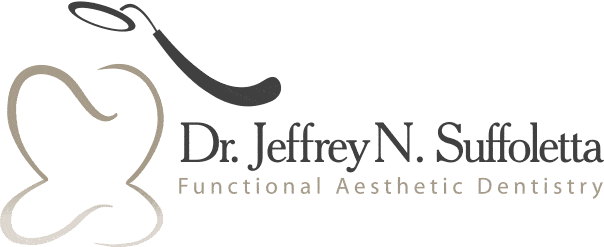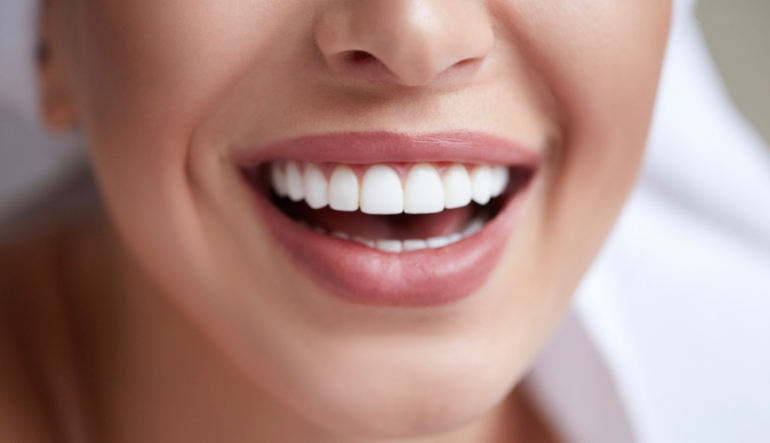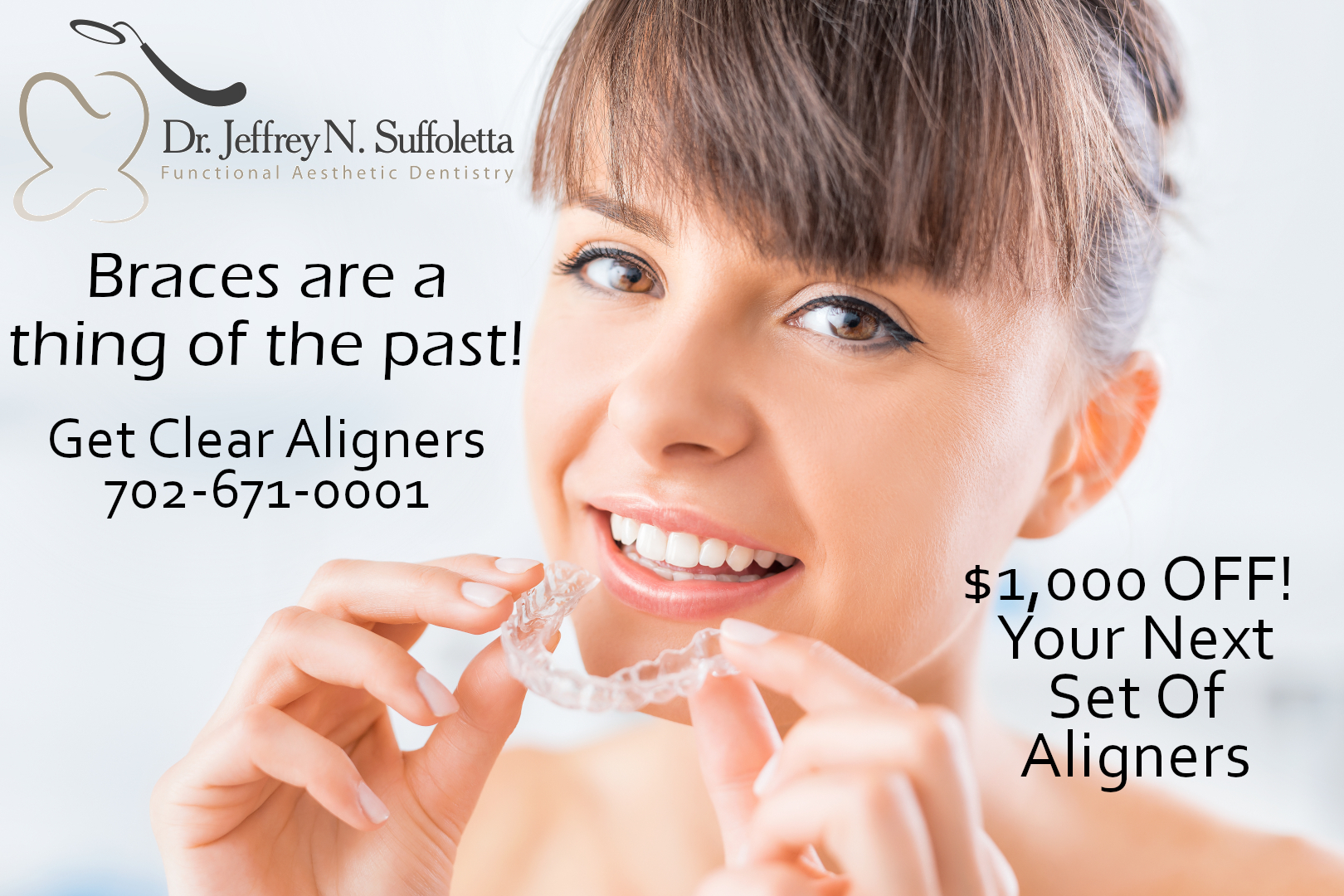The Evolution of Aesthetic Dentistry
One of the goals of corrective, or functional dental treatment is to mimic the natural look of teeth when performing procedures. In other words, as dentists strive to correct dental issues that may affect a patient’s oral and overall health. They also aim to make any changes look as aesthetically pleasing as possible. Although the main purpose of a procedure may be to improve the health and functionality of a patient’s teeth and gums, there are also aspects of these procedures that lend themselves to preserving a natural look. This underlying idea of combining function and aesthetics in dentistry is aptly known as aesthetic dentistry.
RELATED ARTICLE: Do Clear Aligners Really Work?
More About Aesthetic Dentistry
Although not a specialty discipline itself, aesthetic dentistry represents one goal of dental treatment interventions that goes along with many specialty areas, including:
- Restorative dentistry
- Preventive dentistry
- Orthodontics
- Prosthodontics
- Periodontics
- Oral and maxillofacial surgery
The idea of aesthetic dentistry can be applied to almost any procedure, including crowns, fillings, root canals, veneers for chipped teeth, and even tooth extraction. For example, an extraction typically results in the designing of a bridge or implant to restore the most natural smile possible.
Evolution of Aesthetic Dentistry
The evolution of aesthetic dentistry or its foundation is based on the understanding of natural tooth positions, arrangements, shapes, color, and proportions to mimic nature as much as possible. This concept and related parameters were assessed over numerous decades by many scholars. Scholars who provided us with a frame of reference for perceiving what is pleasing and “normal”, while also recognizing some degree of individuality.
Because perception of what is aesthetically pleasing is based in psychology, the role of a dentist or dental specialist in helping a patient realize their aesthetic visions has its challenges. One of the biggest challenges in this context is that each patient is unique and so is their smile and perception of beauty.
Although a large body of evidence supports the value of an attractive smile, the true need for aesthetic or cosmetic dental procedures has historically been discussed with controversy due to ethical considerations. This is because unnecessary, overly invasive, and unsuccessful treatments can lead to severely detrimental consequences for the well-being of patients.
RELATED ARTICLE: The Fix to Vampire Teeth
In the Beginning: The First Attempts
The first attempts to improve the appearance of the teeth and face date back centuries. During the 18th century, dentistry began to develop as its own medical discipline to facilitate the specialized treatment of both functional and aesthetic dental issues. Evidence of these accepted rules dates to the early 1900s, with the first research and literature about complete denture setups. However, it was later in the 20th century when the most significant breakthroughs in aesthetic dentistry occurred.
Recent studies have examined the difference of opinion between the lay person and the professional opinion of acceptable aesthetic parameters. Ultimately, it was demonstrated that the “smile parameters” of lay people should be considered when planning aesthetic dental treatment. However, these studies also demonstrated that there is no objective definition of optimal aesthetics and that applying scientific methods and rigid rules is complicated.
In the late 19th century, Edward Angle established orthodontics as the first dental specialty area to focus on both aesthetics and function. Since that time, orthodontics has undergone drastic progressions. However, since the 1990s, digital technology has provided highly advanced restorative treatment for orthodontics and oral surgery.
Today, Waterlase technology is replacing traditional dentistry, including corrective and aesthetic procedures. The field of laser dentistry continues to see advancements that are making many dental procedures more exact, while reducing trauma to healthy tissues, bleeding, inflammation, and pain.
RELATED ARTICLE: Las Vegas Dentist is Leading the Way with Advanced Dental Technology
Differences Between Cosmetic and Aesthetic Dentistry
The main difference between cosmetic dentistry and aesthetic dentistry is that cosmetic dentistry focuses on ways to make your teeth look better. This includes teeth whitening, veneers, and dental bonding. In contrast, aesthetic dentistry is the approach that, in helping to fix dental problems from a functional standpoint, you also strive to make the correction look as naturally appealing as possible.
More simply put, cosmetic dentistry is solely for looks, while aesthetic dentistry combines function with aesthetics. What cosmetic dentistry and aesthetic dentistry have in common is they account for the way your teeth look after a procedure. Whether the procedure is veneers for discolored teeth (cosmetic) or a root canal followed by a tooth-colored crown (aesthetic), it’s a top commonality.
If you have functional health issues you need to resolve, rest assured that Functional Aesthetic Dentistry in Las Vegas will always strive to leave the treatment area as intact and natural as possible with our laser dental service. Contact Dr. Suffoletta’s office today to schedule a consultation.






